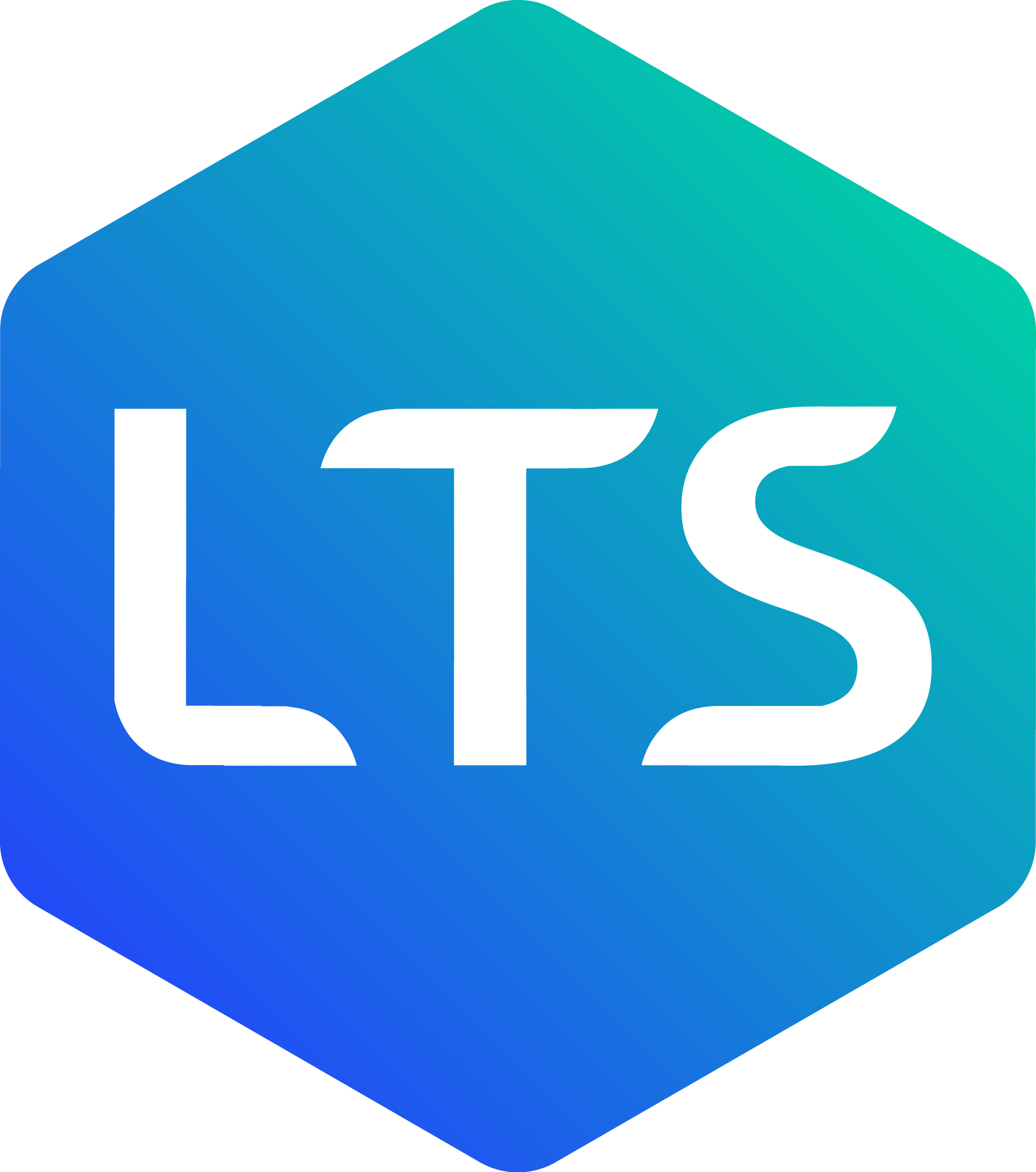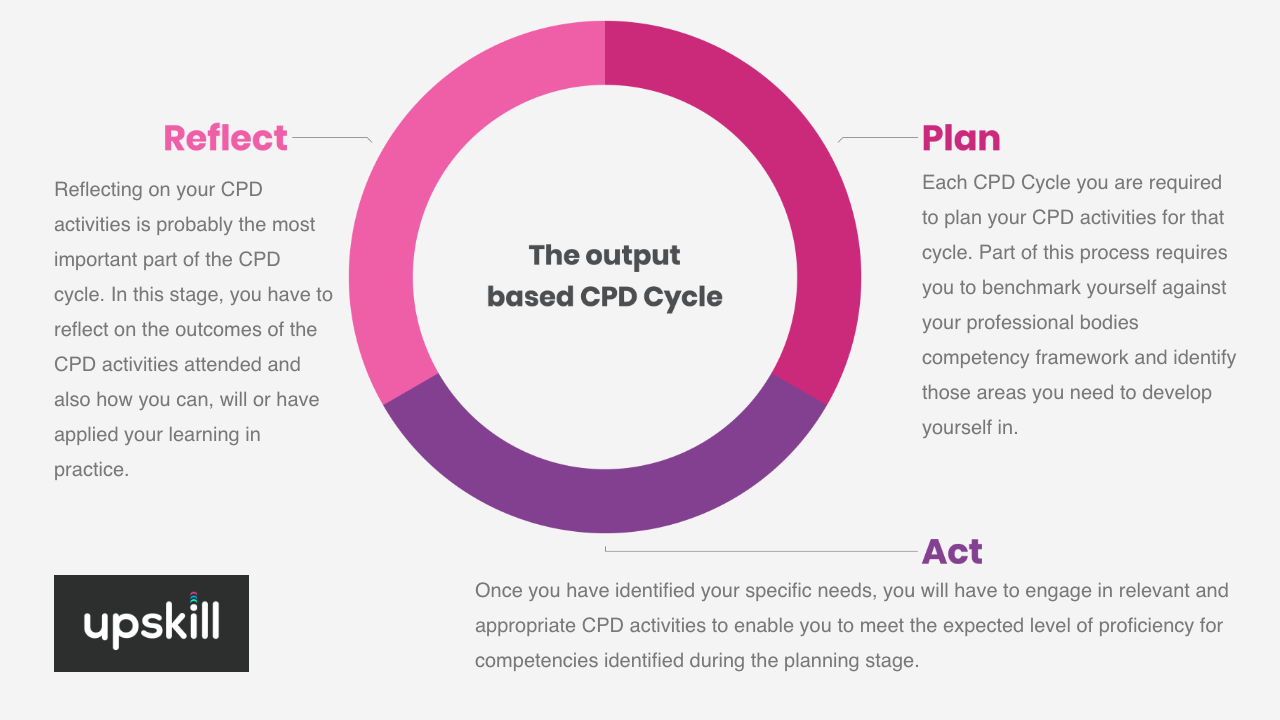Who can use the CPD Management Tool?
Upskill

The CPD Management Tool is available to anyone to use and is 100% free of charge. With no hidden cost or limitations to functionality, you can now use the CPD management tool to take charge of your CPD.
Take charge of your CPD.
The CPD management tool is available to anyone and integrates with the Upskill platform as the exclusive content partner of the CPD management Tool.
Output based CPD
Professionals are eager to move away from the traditional input based CPD approach, such as logging hours spent doing an activity, as this doesn’t indicate whether any learning has truly taken place. Output based CPD look at what learners are gaining from these learning opportunities, and whether there has been any impact in real life.
Source: Learning Pool

Who can use the CPD tool?
The CPD Management Tool is available to anyone. Whether you are a student, an intern, a working professional or even an administrative clerk, the CPD management tool will work for you. The CPD management tool can be used in two very specific ways as explained in this article.
Record keeping mode
If the professional body you belong to does not apply output based CPD, then you can use the CPD management tool in record keeping mode. This will allow you to use the CPD management tool like an online briefcase for all your CPD related activities. Whenever you complete a CPD related activity, you can use the CPD management tool to log that activity. All your CPD related engagements kept in one place for you to easily access and report on when needed.

Output based CPD mode
Eventually, we will integrate all professional bodies that apply output based CPD onto the CPD management tool and members of these professional bodies will be able to use the tool to plan, act and reflect on CPD related activities. Version 1.00 of the CPD management tool however, makes provision for members of the South African Institute of Chartered Accountants (SAICA) to use the tool in output based CPD mode.
SAICA CA2025
Use the tool for your workforce
Not only is the CPD management tool 100% free to use, but we also offer “white label” options for companies to employ the tool internally with personalized branding for that special touch. You can make the tool available to your staff and take control of your CPD compliance risk through reporting and monitoring.
